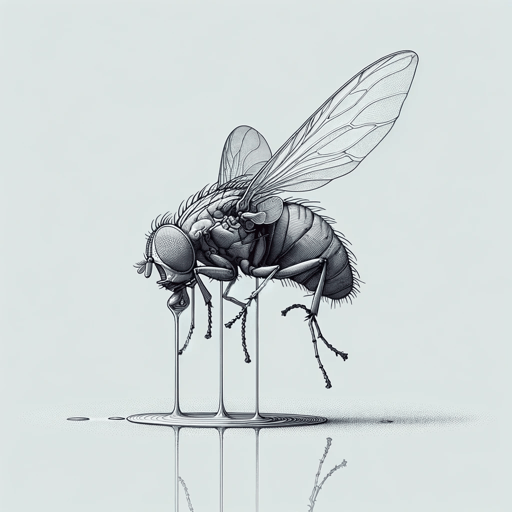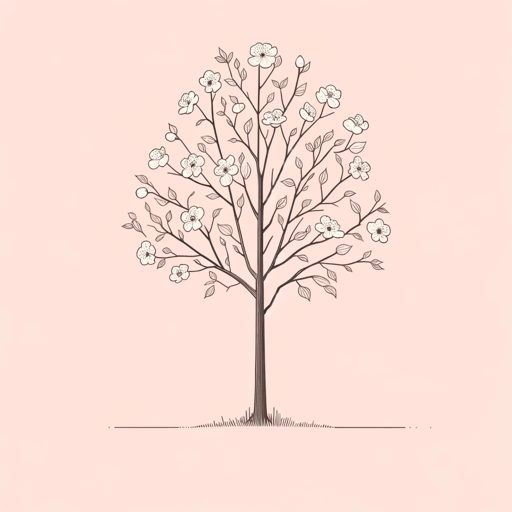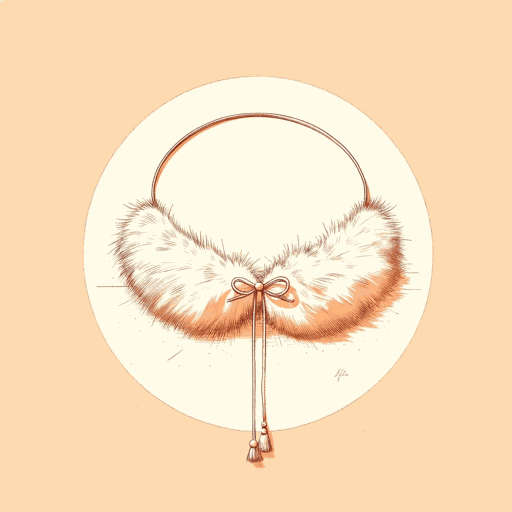24 pages • 48 minutes read
Katherine MansfieldThe Fly
Fiction | Short Story | Adult | Published in 1922A modern alternative to SparkNotes and CliffsNotes, SuperSummary offers high-quality Study Guides with detailed chapter summaries and analysis of major themes, characters, and more.
Story Analysis
Analysis: “The Fly”
The story’s narrative structure changes after the turning point and Mr. Woodifield’s subsequent departure. Read as two parts, the structure characterizes Mr. Woodifield and the boss as foils through the choices they make. The first part includes the time that Mr. Woodifield is in the boss’s office. It ends when he departs, and the boss asks Macey to keep others away for a while. Both men have not visited the graves of their sons. For Woodifield, this decision is due to his poor health. In the second half of the story, it is revealed that the boss chose not to visit his son’s grave to remain in denial about his death. Woodifield is depicted as a frail old man whose memory is failing him, and he requires a shot of whiskey to remember what he wanted to say. The boss also has a failure of memory, but this is once again an active choice made to avoid dealing with his grief.
The contrast of the two men develops the themes of death, grief, and survival. In the first half, Woodifield is presented as a frail, repressed man due to the effects of having a stroke and the coddling of his family.
Related Titles
By Katherine Mansfield







